Olive Young - Gangdong-gu Office Branch [Tax Refund Shop] (올리브영 강동구청)
3.0Km 2024-04-18
19, Seongnae-ro, Gangdong-gu, Seoul
-
Korean Children’s Center Snow Sledding Field (어린이회관 눈썰매장)
3.0Km 2021-02-10
441, Gwangnaru-ro, Gwangjin-gu, Seoul
+82-1800-5309
The Korean Children's Center has a many subsidiary facilities as well as its excellent snow sledding field. The center has something for the entire family, offering various performances and recreation activities.
Homeplus - Gangdong Branch [Tax Refund Shop] (홈플러스 강동)
3.0Km 2024-04-22
5, Seolleung-ro 162-gil, Gangnam-gu, Seoul
-
Gwangnaru Safety Experience Center (광나루안전체험관)
3.0Km 2025-03-29
238, Neungdong-ro, Gwangjin-gu, Seoul
+82-2-2049-4061
Gwangnaru Safety Experience Center was founded in 1999 after two fire accidents in which many children lost their lives. These tragedies emphasized the necessity of establishing a disaster training center for common citizens.
Gwangnaru Safety Experience Center is a three-story building with one basement floor, covering an area of more than 5,000 m². The basement floor includes a small theater. The first floor is set up for natural disaster training and consists of an orientation hall, storm simulation training room, earthquake simulation room, computer tests on fire safety knowledge and others. The second floor is a place for artificial catastrophe training. It consists of a smoke escape training room, fire extinguisher training room, first-aid (CPR) training room and practice place for calling 119. The third floor is used for rescue training and consists of a rescue training room, screening room, training for professionals and video examples of the five biggest disasters that have occurred in Seoul. Overall there are about 20 training areas established, so citizens can experience the imitation of a disaster by themselves and learn easily and in an interesting way how to cope with a disaster.
Korea Medical Association Co,ltd. (주식회사 한국의료협회)
3.1Km 2025-07-29
(B1-415), 375 Achasan-ro, Gwangjin-gu, Seoul
The Korea Medical Association (KMA) continuously receives patients through a global network of Korean expatriates, numerous contracted agencies in various countries, and partnerships with hospitals, clinics, and healthcare platforms.
Following the footsteps of well-established countries in attracting international patients, such as Thailand and Singapore, other nations like Malaysia, Costa Rica, and Taiwan, known for providing high-quality domestic medical services, are now focusing on attracting international patients through major hospitals.
In this competitive international landscape, KMA is introducing patient-centered services like optimal matching, telehealth care service, My Health Data service, and medical dispute legal systems, to highlight the advantages of Korean healthcare and maintain high service quality.
KMA has contracts with all types of medical institutions in Korea, including general hospitals, specialized hospitals, and clinics. The association aims to provide the best hospital selection and healthcare services tailored to each patient's condition and budget.
Olive Young - Guui Station Branch [Tax Refund Shop] (올리브영 구의역점)
3.1Km 2024-06-27
1F, 378, Achasan-ro, Gwangjin-gu, Seoul
-
Surayeon (수라연)
3.1Km 2021-03-29
143-64, Gangdong-daero, Gangdong-gu, Seoul
+82-2-473-0550
A Hanjeongsik (Korean Table d'hote) course meal menu specialty restaurant The best menu at this restaurant is Korean table d'hote. This Korean dishes restaurant is located in Gangdong-gu, Seoul.
Cheonghaejin (청해진)
3.2Km 2021-03-29
33, Seongnae-ro 6-gil, Gangdong-gu, Seoul
+82-2-484-1551
It is a 100-year-old store that has been loved by customers for a long time while maintaining its reputation for over 30 years. This Korean dishes restaurant is located in Gangdong-gu, Seoul. The representative menu is seafood pancake.
The North Face - Guui Branch [Tax Refund Shop] (노스페이스구의점)
3.3Km 2024-04-19
81, Jayang-ro, Gwangjin-gu, Seoul
-
Sejong University Museum (세종대학교 박물관)
3.3Km 2022-09-16
209, Neungdong-ro, Gwangjin-gu, Seoul
+82-2-3408-3876
Sejong University Museum exhibits folk art, wooden crafts, clothing, accessories, pottery, paintings and calligraphy collected for over 40 years by the couple who founded the present day Sejong University, Dr. Ju Young-ha and Dr. Choi Ok-ja. This museum has its origins in the Soodo Gallery, which was built in Chungmuro, the campus’ original location, in 1959. Needing more space to house additional artifacts, the museum moved to its current location, which first opened on May 5, 1973 in a four-story concrete building inspired by traditonal tower design from the Baekje era. This building was later expanded on May 20, 1977.
After the university’s name was changed to Sejong University in 1979, the museum was also renamed the Sejong University Museum. The museum showcases unique artifacts to both scholars and students from home and abroad in contribution to the research of Korea’s culture, arts, and archeology.
![Olive Young - Gangdong-gu Office Branch [Tax Refund Shop] (올리브영 강동구청)](http://tong.visitkorea.or.kr/cms/resource/95/2878895_image2_1.jpg)
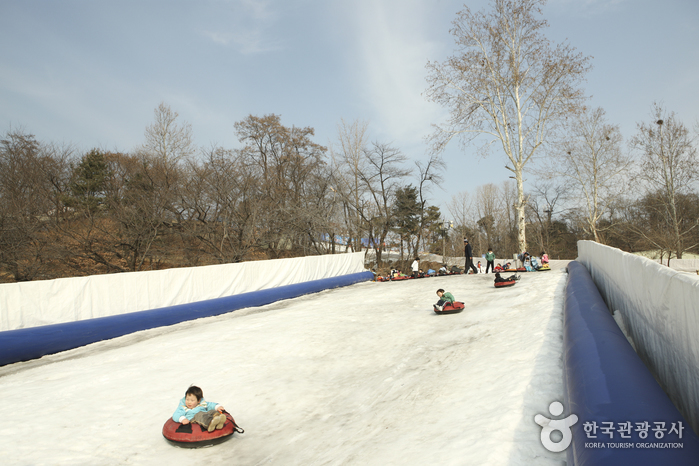
![Homeplus - Gangdong Branch [Tax Refund Shop] (홈플러스 강동)](http://tong.visitkorea.or.kr/cms/resource/63/2878863_image2_1.jpg)
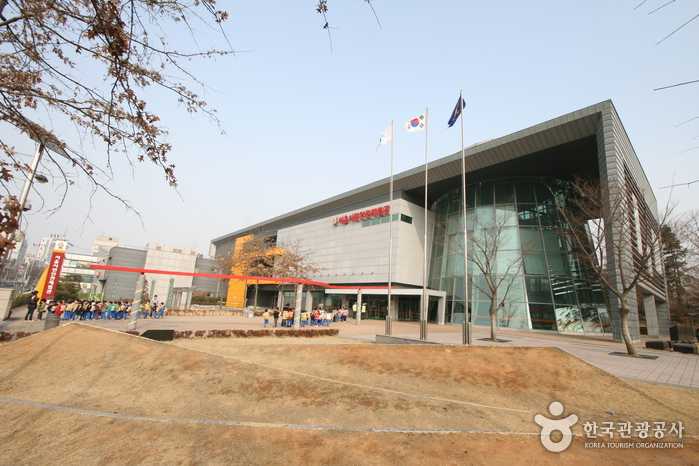

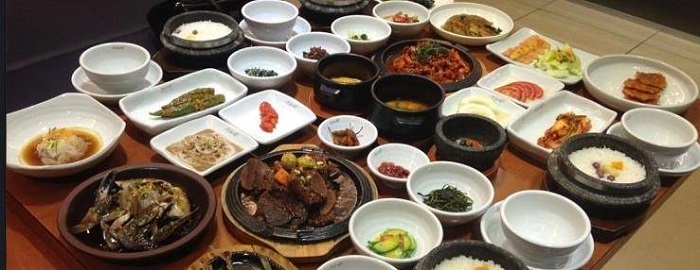
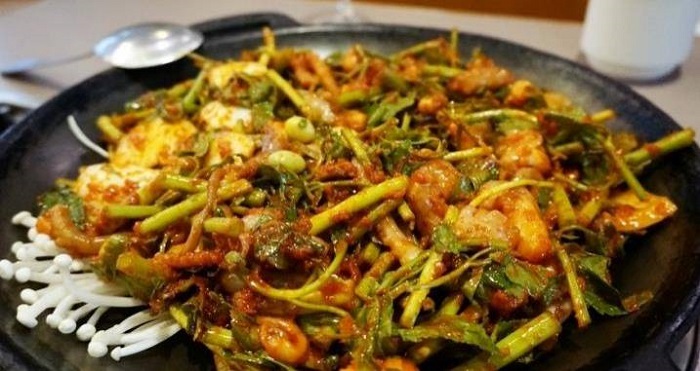
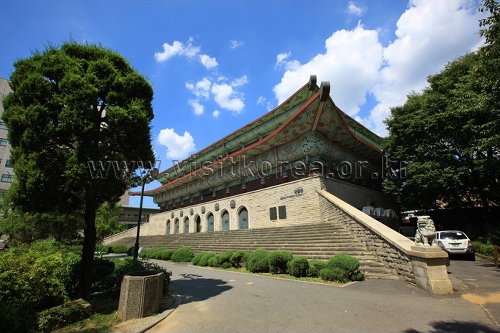
 English
English
 한국어
한국어 日本語
日本語 中文(简体)
中文(简体) Deutsch
Deutsch Français
Français Español
Español Русский
Русский